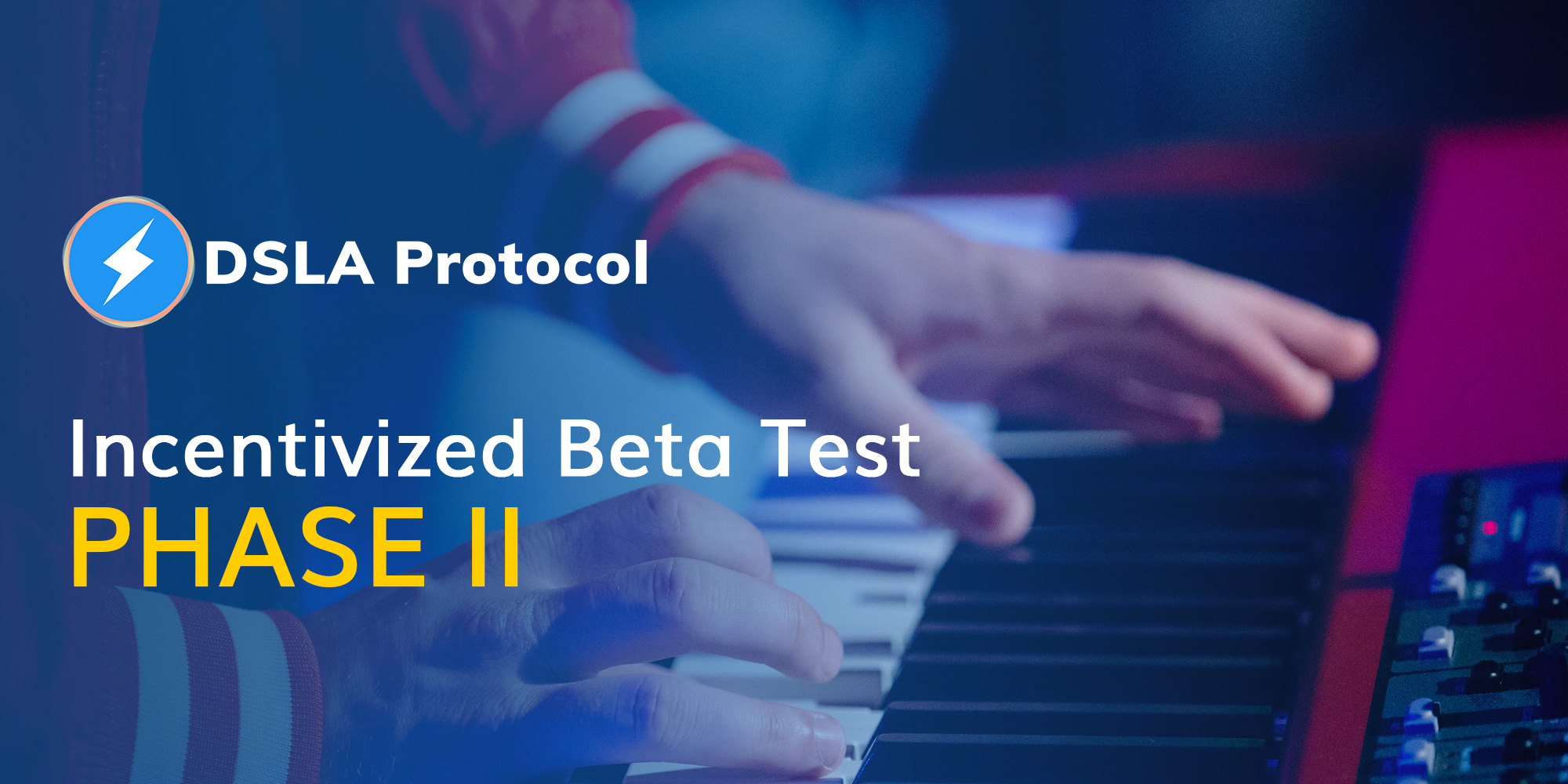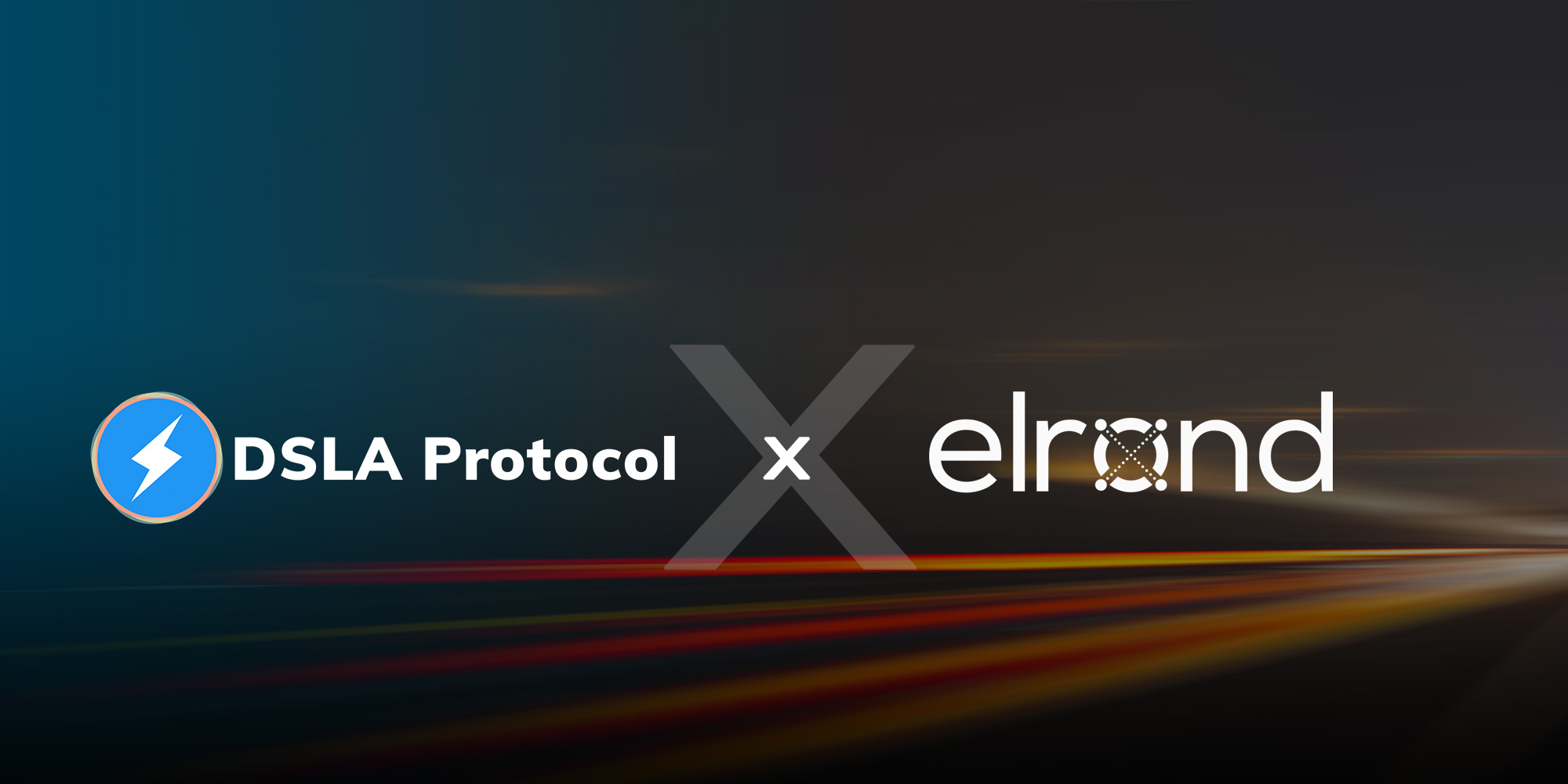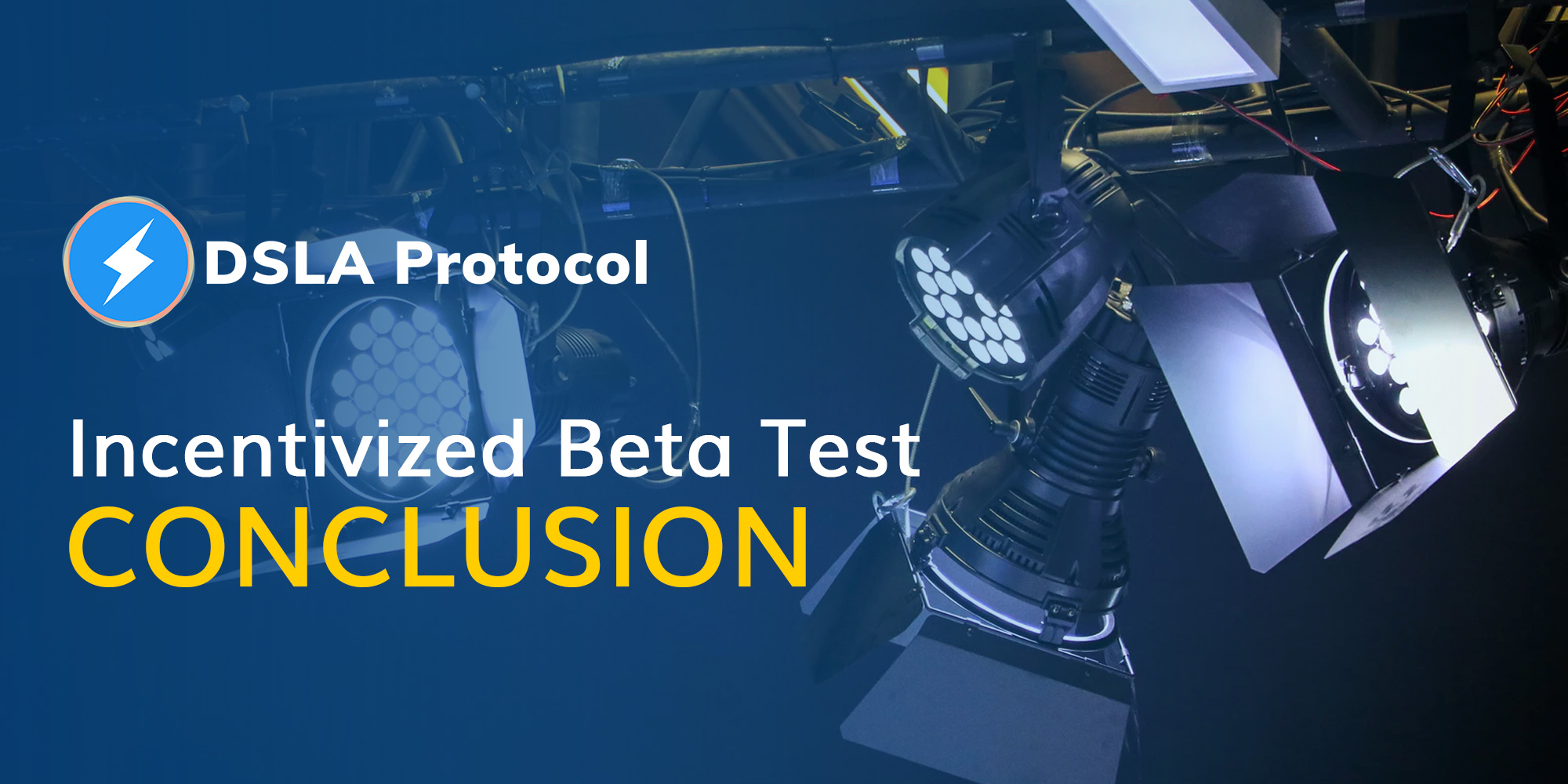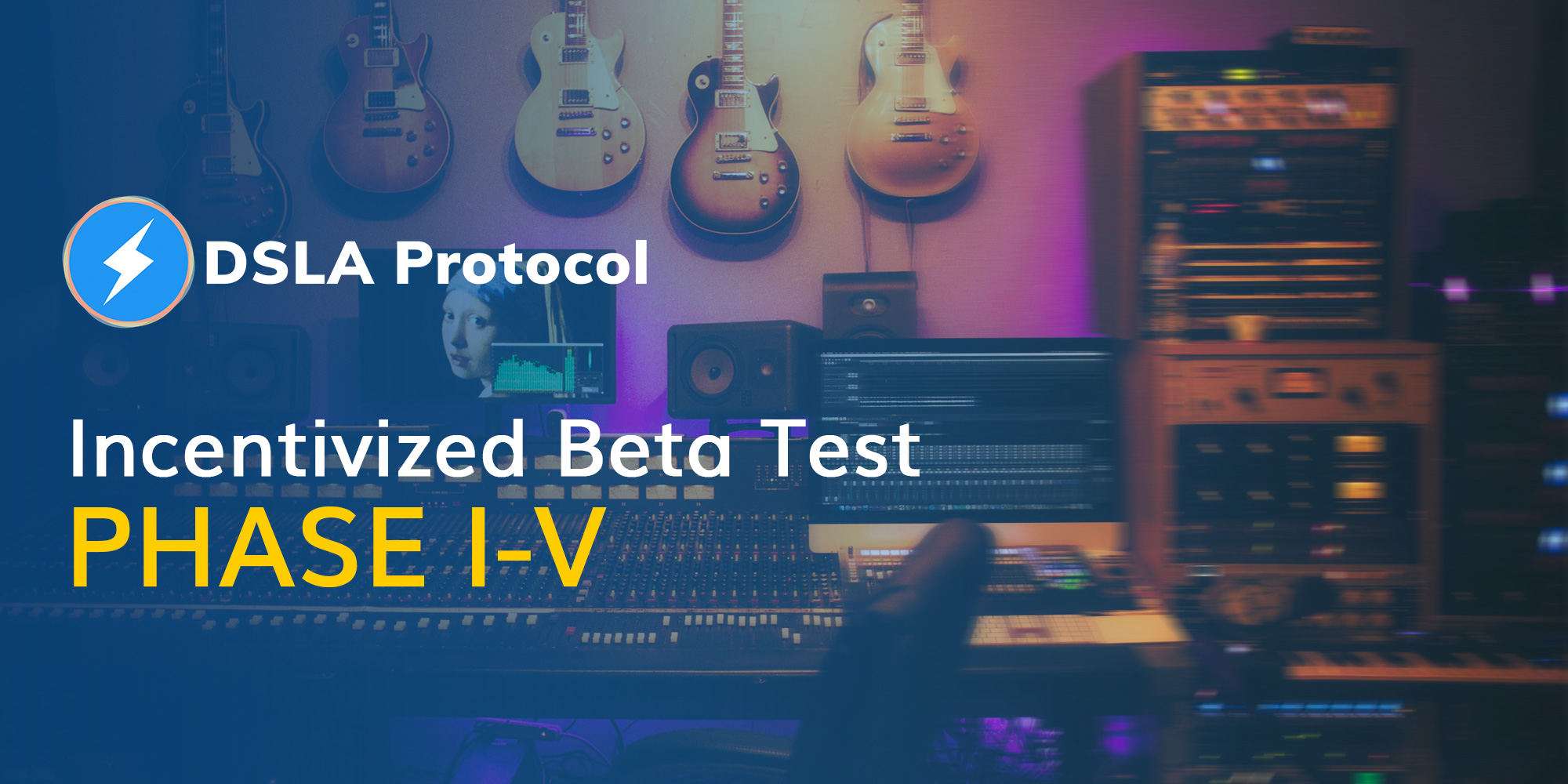Phase 2 is Here

🎹 Codename PIANO
Dear DSLA champions, on October 21 12:00am (UTC), we have entered Phase II of the DSLA incentivized beta, Codename PIANO.
🎹
- All DSLA Contracts started a new weekly monitoring cycle.
- Phase I staking compensations / rewards can be proven.
- Phase I staking compensations / rewards will be claimable soon.
Phase Timestamps:
⏰ 1603238400 (start)
⏰ 1603843200 (end)
Access the Ðapp at DSLA.network to get started now!
🏆 Phase I Report
Thank you for your participating in the Phase I of the DSLA incentivized beta!
DSLA core developers are humbled by the response of the community 🙏 :
🔥 More than 100 bDSLA token transfers
🔥 More than 60M bDSLA tokens staked
🔥 More than 25 DSLA contracts created
Most excellent, Champions!
Let’s keep the fire burning during Phase II and beyond.
📕 Beta Guide
Please refer to the official DSLA Incentivized Beta Guide to learn more about bDSLA Phase II 🌱Staking and 🌿Claiming features, and for continuous information about Phase I-V.
💡 Feature Spotlight
EDIT 2020/10/29: Previous Items #2 and #3 of Phase II have moved to Phase III.
#1 Ability to withdraw bDSLA stakes
Delegators, Validators and their Vouchers will be able to withdraw the bDSLA tokens they staked to DSLA Contracts, minus the rewards and compensations they might have paid at the end of Phase I.
#2 Better tracking of stakes
During Phase I it was not easy to keep track of the agreements you staked to.
The MY AGREEMENTS section only displays created DSLA Contracts, which somehow helped Validators keep track of the liquidity they added to their own contracts. But as a a Delegator, you had no direct access to your active hedges.
Accordingly, we will:
-
Open up the
HEDGEsection to keep track of active hedges against staking risks as a Delegator; -
Open up the
POOLsection to keep track of active compensation pool deposits; -
Display both active hedges and active compensation pool deposits in the
MY AGREEMENTSsection.
About DSLA Protocol
DSLA Protocol is a risk management framework that enables infrastructure operators and developers to reduce their users exposure to service delays, interruptions and financial losses, using self-executing service level agreements, bonus-malus insurance policies, and crowdfunded liquidity pools.
DSLA Protocol’s flagship use case is to offset the financial losses of Proof-of-Stake delegators and DeFi users, while incentivizing the connectivity, performance and availability of staking pool operators and DeFi service providers.
To learn more about DSLA Protocol, please visit stacktical.com, browse our official blog, and follow @stacktical on Twitter.




